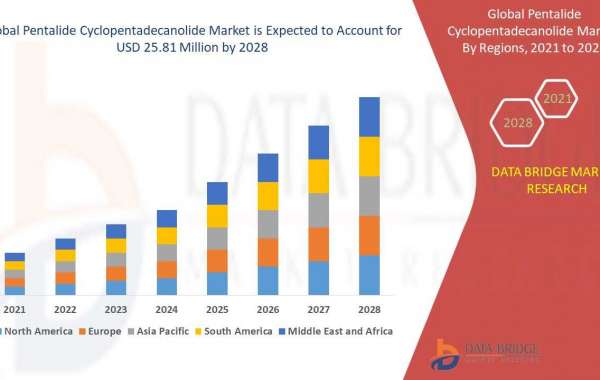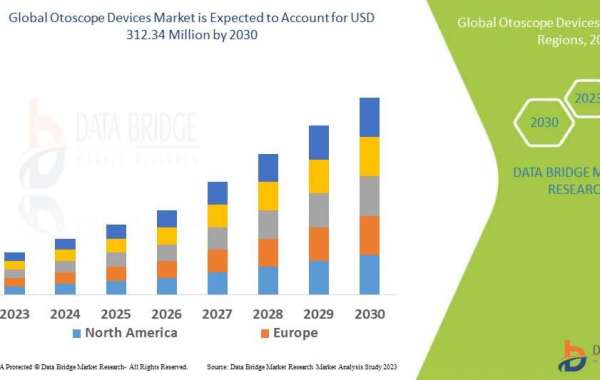The world is drowning in data. Every day, we generate petabytes of information through our online activity, our devices, and our physical interactions. This data is a goldmine for businesses, governments, and individuals who can use it to make better decisions, improve their products and services, and understand the world around them.
But big data is not just about quantity. It's also about quality. The value of big data lies in its ability to connect the dots between seemingly disparate pieces of information. By analyzing big data, we can uncover patterns and trends that would be invisible to the naked eye. We can identify new opportunities, solve problems, and make predictions that would be impossible without big data.
Here are a few examples of how big data is being used to create new and innovative products and services:
- Netflix uses big data to recommend movies and TV shows to its users. The company analyzes billions of data points, including what users have watched in the past, what they have rated, and what their friends have watched. This allows Netflix to make highly personalized recommendations that are more likely to appeal to each individual user.
- Amazon uses big data to power its product recommendations, its pricing algorithms, and its customer service. The company analyzes billions of data points, including customer purchase history, search history, and product reviews. This allows Amazon to provide a more personalized and relevant shopping experience for its customers.
- Uber uses big data to optimize its ride-hailing service. The company analyzes data on rider demand, traffic patterns, and driver availability. This allows Uber to match riders with drivers more efficiently and to ensure that riders always have a ride available when they need it.
These are just a few examples of how big data is being used to create new and innovative products and services. As the amount of data continues to grow, we can expect to see even more innovative applications of big data in the years to come.
But big data is not without its challenges. One challenge is the sheer volume of data that needs to be processed. Another challenge is the complexity of the data. Big data often comes in a variety of formats, and it can be difficult to integrate and analyze this data.
Despite these challenges, the potential benefits of big data are enormous. Big data can help us to solve some of the world's most pressing problems, such as climate change, poverty, and disease. It can also help us to create a more efficient and equitable society.
The future of big data is bright. As the technology continues to evolve, we can expect to see even more innovative and impactful applications of big data. Big data has the potential to change the world, and we are only just beginning to scratch the surface of its potential.
Here are a few additional thoughts on the future of big data:
- Big data will become increasingly democratized. In the past, big data was the domain of large corporations and governments. But as the cost of data storage and processing decreases, big data will become more accessible to smaller businesses and individuals. This will open up new opportunities for innovation and creativity.
- Big data will become more personal. In the future, big data will be used to create personalized experiences for individuals. This could include personalized recommendations for products and services, personalized news feeds, and even personalized healthcare.
- Big data will become more ethical. As big data becomes more powerful, it is important to ensure that it is used ethically. This means protecting individual privacy and ensuring that big data is not used to discriminate against individuals or groups.
The future of big data is full of promise. But it is also important to be aware of the challenges that big data poses. By addressing these challenges, we can ensure that big data is used for good and not for harm.










